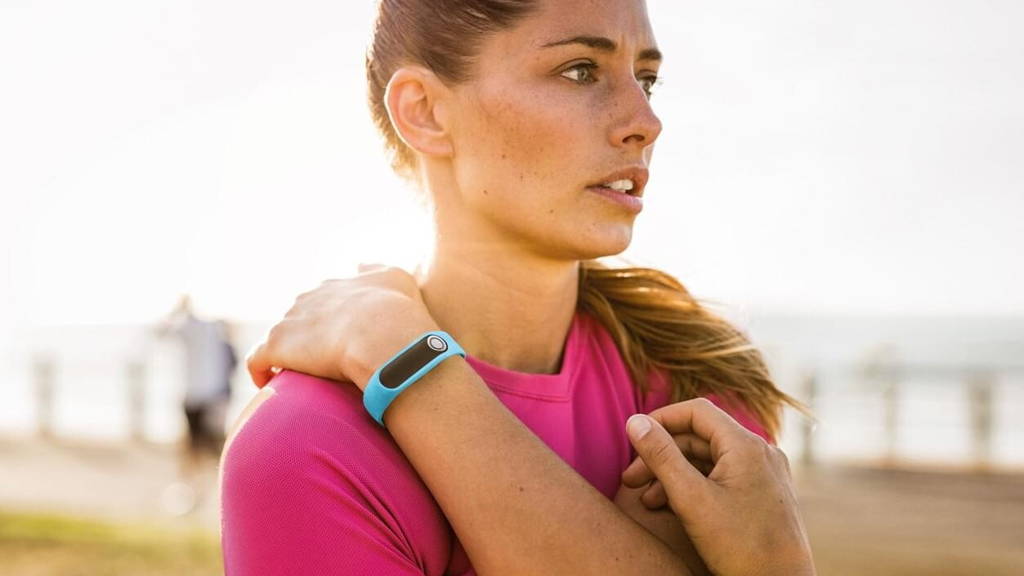The deciding factor driving patients’ adoption of a particular device is that users like the device, writes Mehlum. This promotes a positive relationship with the device from the patient or consumer. There is another more forced way, typically used in healthcare: the enforced use of a device because of a clinical condition. This does not necessarily build a positive perception of the device for the patient, as there is no real choice involved.
There is a huge gap between these two approaches - consumer tech arising out of user adoption, clinical tech arising from clinical needs for precision. Recently, a convergence is taking place where consumer tech becomes ever more precise and clinical devices are adopting a ‘sexiness’ of design – a blurring of the boundaries.
Apple is a well known example of the first approach merging with the second: a technology company for consumer devices which is bringing out new patents related to healthcare, for example by patenting the capability to measure pulse by the use of visible light. An example of clinically approved technology moving in to the consumer electronics space is noticed by the FDA and they are making sure regulations don't hamper creativity in the consumer electronics space.
This light approach by the FDA might help tech companies step into the arena of clinical measurements. At the moment Apples Tim Cook wouldn’t want to to put the watch through the Food and Drug Administration (FDA) process, “because it would hold us back from innovating too much…the cycles are too long..."
Preventive care would be made much easier if consumer devices are in the loop. They can get medical data to healthcare professionals earlier - before the issue is so big that the user/patient notices it - without to much hassle for the wearer of the device collecting the data (like a smartwatch).
Then the official clinical route would enforce less fancy gadgets with low acceptance factors to be used to the best of people’s motivation. A pragmatic approach would mean we define the scope of the technologies - early use = consumer electronics vs. clinical use = clinically approved devices. Everybody is getting better at what they are not good at. Ultimately, the winner will be the one attracting the most users or data, but also the person who gets to live (or live healthier) because of early warning signs by consumer devices.
There is a huge gap between these two approaches - consumer tech arising out of user adoption, clinical tech arising from clinical needs for precision. Recently, a convergence is taking place where consumer tech becomes ever more precise and clinical devices are adopting a ‘sexiness’ of design – a blurring of the boundaries.
Apple is a well known example of the first approach merging with the second: a technology company for consumer devices which is bringing out new patents related to healthcare, for example by patenting the capability to measure pulse by the use of visible light. An example of clinically approved technology moving in to the consumer electronics space is noticed by the FDA and they are making sure regulations don't hamper creativity in the consumer electronics space.
Measurements improving
The measurements and results from consumer grade electronics are getting closer to the clinically approved kind. As prove Mehlum points to a test done by the FDA for the FitBit Aria WiFi Smart Scale versus the Whithings Smart Body Scale. The conclusion is that the Aria is just as good as the benchmark.This light approach by the FDA might help tech companies step into the arena of clinical measurements. At the moment Apples Tim Cook wouldn’t want to to put the watch through the Food and Drug Administration (FDA) process, “because it would hold us back from innovating too much…the cycles are too long..."
Preventive care would be made much easier if consumer devices are in the loop. They can get medical data to healthcare professionals earlier - before the issue is so big that the user/patient notices it - without to much hassle for the wearer of the device collecting the data (like a smartwatch).
Allow consumer devices in clinical domain
The only way this could be done would be to allow the measurements from consumer devices in the clinical domain and use them as pointers for when to bring the patient in. The consumer electronics route would mean higher error rates from the measurements but larger datasets and higher user adoption, making early detection of a clinical issue feasible.Then the official clinical route would enforce less fancy gadgets with low acceptance factors to be used to the best of people’s motivation. A pragmatic approach would mean we define the scope of the technologies - early use = consumer electronics vs. clinical use = clinically approved devices. Everybody is getting better at what they are not good at. Ultimately, the winner will be the one attracting the most users or data, but also the person who gets to live (or live healthier) because of early warning signs by consumer devices.






